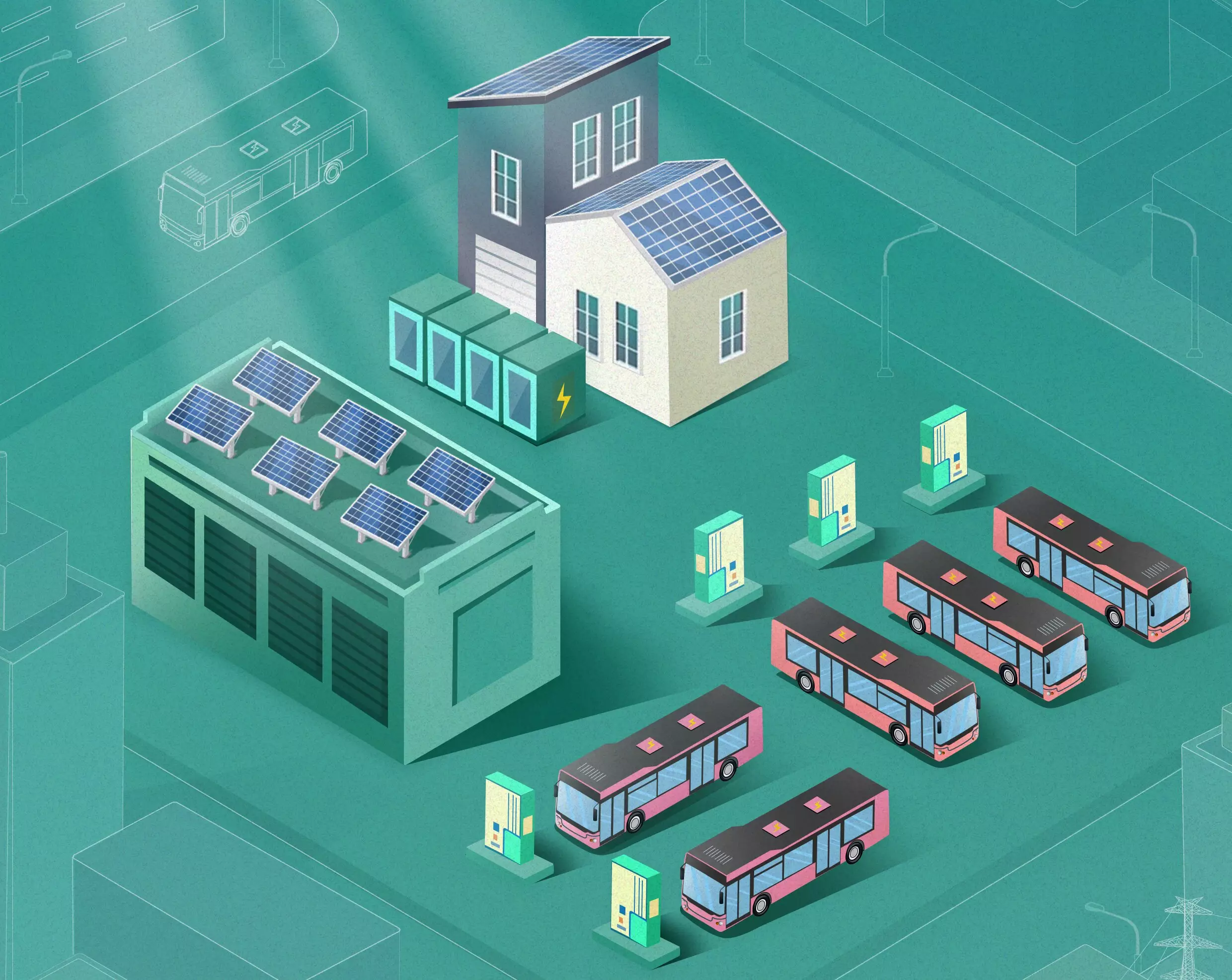The urgency of addressing climate change has propelled governments and corporations around the globe to pursue electrification as a pathway toward sustainability. In particular, the transportation sector has become a focal point due to its heavy reliance on fossil fuels. China, as a global leader in electric vehicle (EV) adoption, has begun to electrify its public transport systems, particularly through the introduction of electric buses (EBs). However, the transition to these cleaner alternatives presents a set of challenges that merit careful examination.
While the shift to electric vehicles is hailed as a progressive step toward reducing carbon footprints, it is crucial to recognize the pressure it places on existing electricity grids. Xiaolei Ma, a researcher at Beihang University, highlights the dramatic increase in electricity consumption due to EV charging requirements. As noted in a recent study discussed in *Nature Energy*, the international electric car sales reached nearly 14 million in 2023, resulting in a global total of 40 million electric vehicles. This rapid growth necessitates a reevaluation of current power supply infrastructures to ensure they can handle the increased demand without risking overloads or operational inefficiencies.
Transitioning from conventional fuel-based public transport to electric alternatives might initially seem advantageous due to reduced emissions. However, if this change is not paired with a concerted effort to enhance energy production—particularly through renewable sources—the anticipated benefits may not be realized. Without such an energy overhaul, the positive impacts of electric buses could be significantly undermined.
The researchers at Beihang University have embarked on a critical investigation into the feasibility of transforming public transport depots in Beijing into renewable energy hubs. To fully understand this transition, they have adopted a combination of data-driven and model-driven approaches, offering comprehensive insights into how solar photovoltaic (PV) technology and energy storage solutions can be integrated into urban public transport systems.
Their investigation primarily focuses on predicting the potential outcomes of replacing traditional bus fleets with electric buses. Utilizing an ample dataset composed of GPS tracking, vehicle characteristics, and specific depot information from across Beijing, the researchers meticulously simulated a scenario in which all conventional fuel buses are replaced with electric counterparts. Predicting consumption rates and optimal charging schedules allows for a clearer understanding of how this transition could efficiently unfold.
The primary objective was to explore how these transportation hubs could generate and manage renewable energy, specifically through solar PV systems. The research team aimed to maximize both economic returns and sustainability benefits by optimizing solar PV installations and energy storage capacities, thus preparing Beijing’s bus depots for a future dominated by electric mobility.
The findings from this comprehensive study project significant environmental benefits. Specifically, by integrating solar PV generation into the energy matrix of public transport depots, the net charging load on the grid could be reduced by 23% during generation periods, with an impressive 8.6% drop in peak load. Furthermore, when energy storage systems are incorporated, these reductions can soar to 28% and 37.4%, respectively.
However, the study does not shy away from presenting the financial realities associated with this transition. The researchers found that while unsubsidized solar PV systems can yield profits substantially over their costs, the financial prospects diminish significantly when energy storage is added—yet the benefits to grid reliability cannot be overlooked. The findings bring attention to the delicate balance between economic sustainability and environmental responsibility, raising crucial questions about funding, profitability, and governmental support for green technology initiatives.
Implications for Future Research and Policy
This research serves as a pivotal stepping stone for policymakers and energy strategists in China and beyond. The implications of transforming urban public transport depots into renewable energy hotspots are profound, prompting other nations to consider the viability of similar models. Ma envisions this research catalyzing policy measures that not only expedite the integration of solar PV and energy storage in public transport but also at larger energy consumption centers across cities.
As the world continues to face the pressing challenge of climate change, innovative approaches to electrifying transportation systems can prove vital. However, this must be coupled with broader initiatives aimed at bolstering renewable energy production to ensure a robust, efficient, and sustainable energy grid capable of meeting the demands of electrified transport. The journey toward sustainable urban transport is fraught with challenges, yet it also opens pathways for transformative environmental and economic progress.

